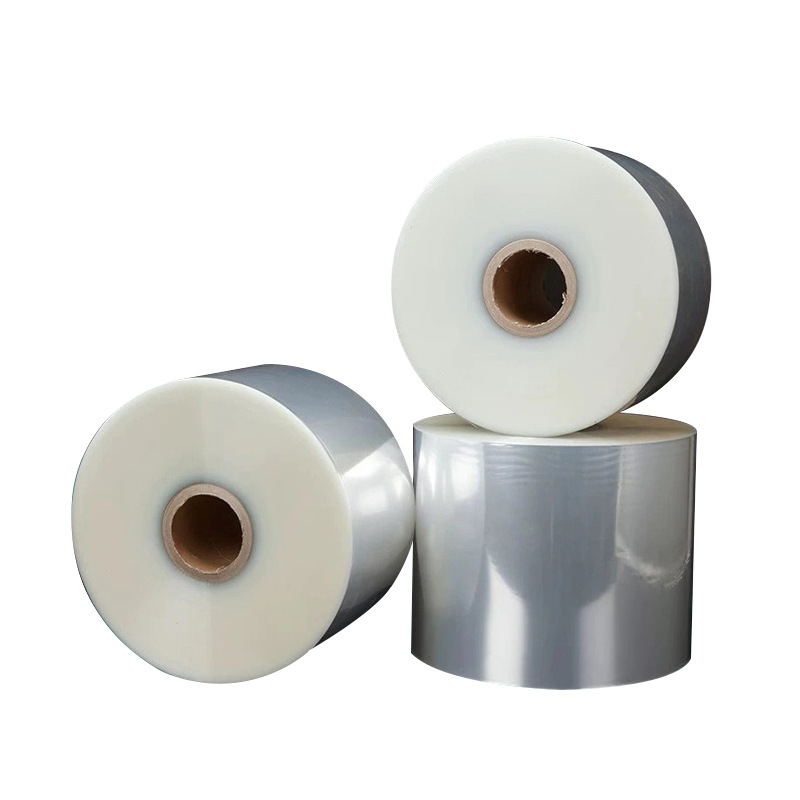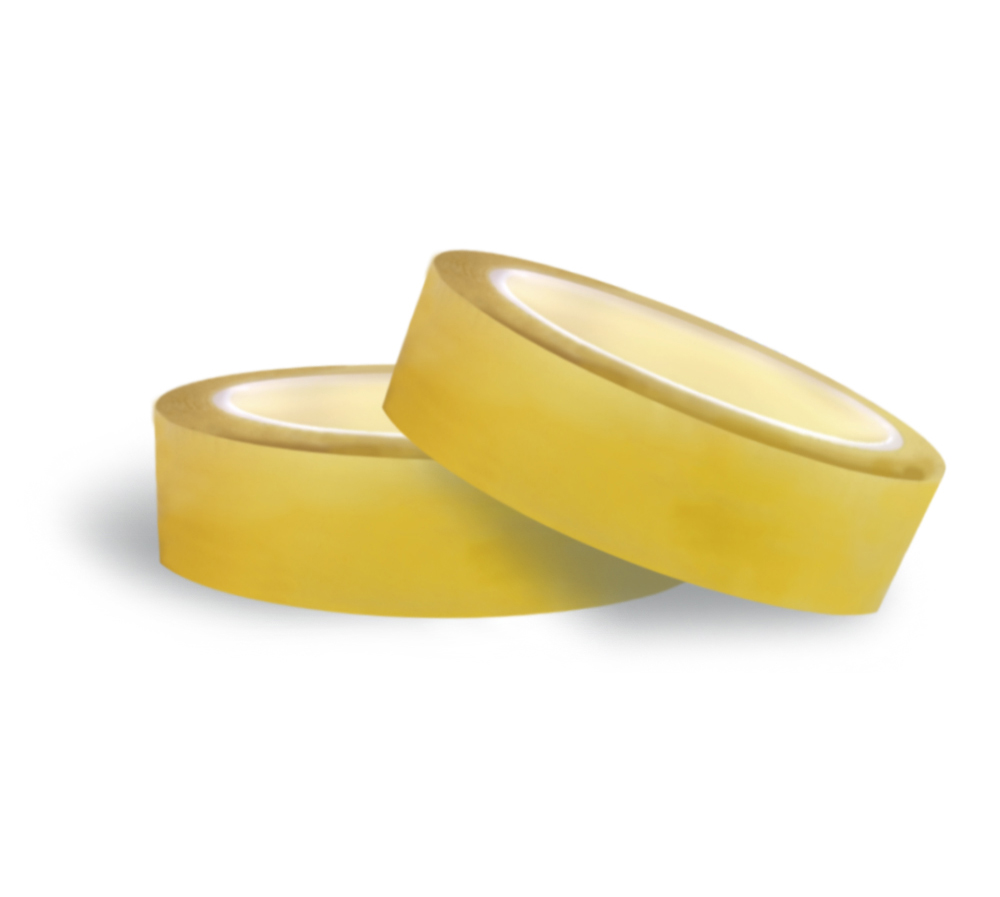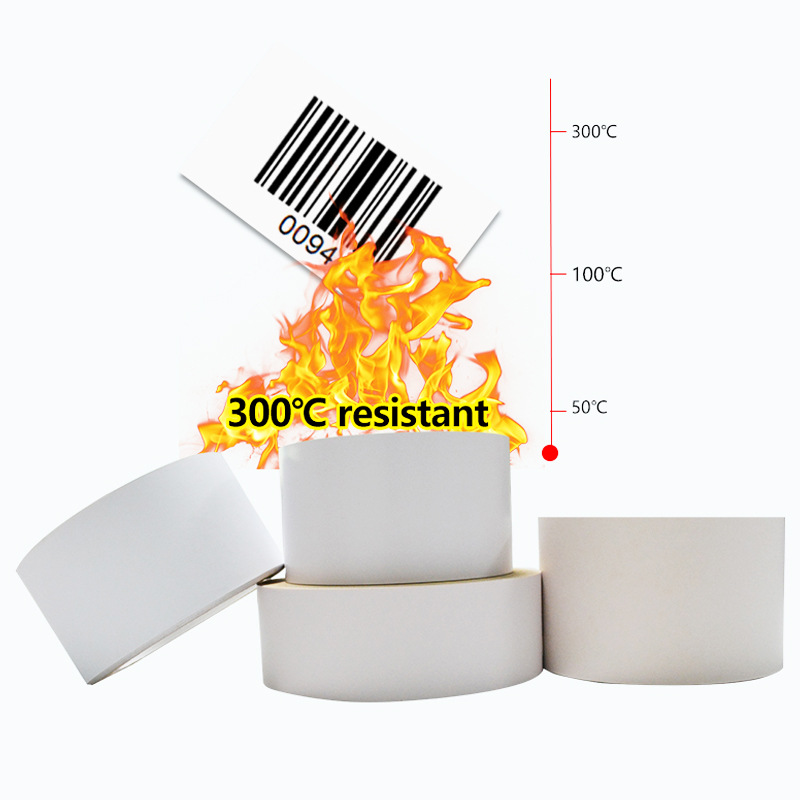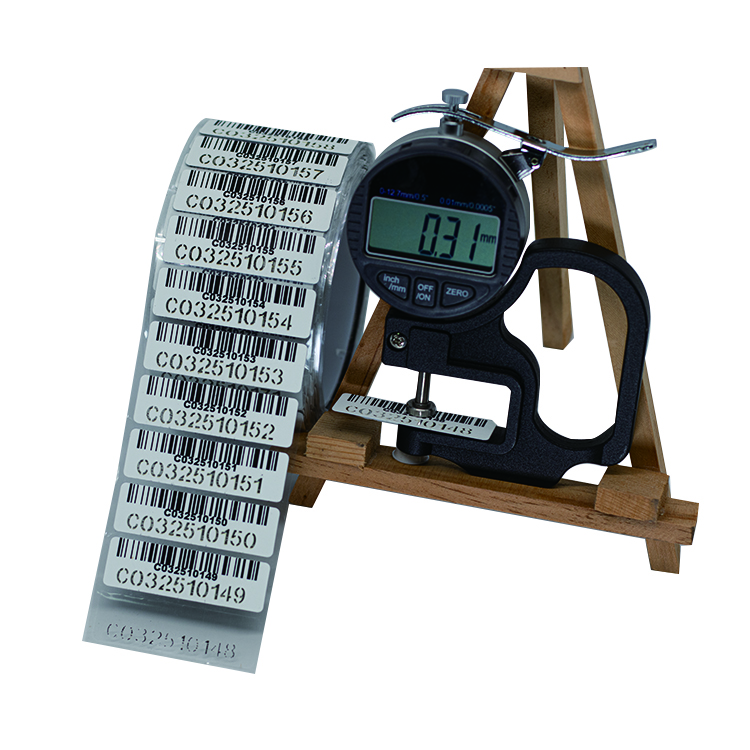What factors can affect the shelf life of adhesive labels?
1. The material of the label affects its weather resistance, temperature resistance, and chemical resistance, thereby affecting its adhesion and lifespan. Special materials are suitable for specific environments.
2. The type and quality of adhesive have a significant impact on label adhesion and lifespan, and it is necessary to avoid chemical reactions with specific substances.
3. Poor printing quality may lead to ink peeling, color fading, affecting visual effects and service life.
4. The temperature, humidity, and lighting conditions of the storage environment can affect the expiration date of the label, so it is necessary to avoid high temperatures, humidity, and direct sunlight.
5. The storage method should avoid prolonged exposure, adhesive surface sticking, heavy pressure, and folding to maintain adhesion and printing quality.
Furniture adhesive labels and regular labels
1. Labels must be removable and free of adhesive residue
Due to the characteristics of the furniture industry, the labels applied on furniture products must be removable labels, commonly known as removable adhesive labels. Adhesive stickers are printed with removable adhesive, which can be detached and reattached multiple times. After detachment, the strong adhesive will not remain on the product. The surface material is made of high-quality composite polymer paper, which has tear resistance and abrasion resistance properties. Using removable adhesive labels, it is easy to tear off without leaving any marks, and can maintain the beauty and elegance of wooden furniture intact
2. Good printing and packaging printing effect
Furniture label paper: Use wear-resistant ribbon or thermal printing paper to print, which is not easy to fade or be scratched. In the specific production process, after attaching furniture labels, they can be planed, pressed, sawed, and the furniture labels are intact
3. It is also necessary to use a variety of furniture materials
Furniture labels can be applied to a variety of furniture raw materials with smooth surfaces, textured surfaces, etc. They can be adhered intact without falling off, and the labels can be adhered in ultra-low temperature natural environments
In addition, many label papers nowadays claim to be removable, meaning that the labels are easy to tear and the furniture surface is less likely to have adhesive stains after being torn off. However, based on everyone's work experience, it is not easy to remove the labels after a long time of sticking. Here is a small trick: first heat the labels with a hair dryer, then tear them off. If there are still residues, they can be heated with a hair dryer and rubbed off with a damp cloth. This type of method is not likely to cause damage to furniture
Is PET adhesive label suitable for electronic product labeling?
PET adhesive labels - Those who have been engaged in the labeling industry for a long time know that the requirements for labeling materials on durable consumer goods such as electronics, automotive parts, and industrial appliances are generally high. These types of products have different requirements for labels, such as high temperature resistance, chemical and solvent resistance, water resistance, and outdoor environments including ultraviolet radiation. There are also strict requirements for the substrate surface of the label.
Electronic devices require the use of tags to achieve certain special effects. For example, the texture of the label is hard and can work well with electrical appliances, or the label can resist external environmental erosion, high temperature resistance, etc. In conjunction with product design, it can also play a role in corrosion resistance, high temperature resistance, and anti-counterfeiting. PET adhesive material also meets these requirements very well; Of course, unless there are special requirements, such as requiring a high temperature resistance of 300 ℃.
PET, short for polyester film, is a type of polymer material. Has good hardness and brittleness, commonly used colors include sub silver, sub white, bright white, bright silver, and gold.
PET adhesive has excellent characteristics such as anti fouling, scratch resistance, high temperature resistance, and dimensional stability, and has been widely used in many special occasions. Electronic devices, mobile phone batteries, electrical products, automotive parts, chemicals, outdoor advertising, textile printing, etc. Therefore, PET adhesive is very suitable for making electronic labels.
Is it better to buy adhesive labels with or without film coating?
The choice between laminated or non laminated adhesive labels mainly depends on the specific usage scenario and requirements
Coated adhesive labels have the following advantages:
Protect labels from wear and tear: Film coating can effectively prevent the surface of labels from being worn or scratched, thereby extending the service life of labels
Waterproof and oil resistant: Film coated materials usually have waterproof and oil resistant properties, which can maintain the clarity of label patterns in damp or greasy environments
Improving label texture: Film coating makes the label harder, smoother, and more glossy, enhancing the visual effect and grade of the label, which may improve the customer experience
However, laminated adhesive labels also have some drawbacks and areas to pay attention to:
High cost: Due to the need for additional film covering materials and processes, the cost is relatively high
Environmental issues: The production of laminated labels usually requires the use of more chemicals, which may have a certain impact on the environment
Non laminated adhesive labels have the following advantages:
Low cost: No additional materials or equipment are required during the production process, resulting in lower costs
Environmental Protection: No additional materials or chemicals are used, making it more environmentally friendly
However, non coated labels also have some drawbacks:
Easy to wear and tear: Without a protective layer, the label is prone to wear and scratches
Not waterproof and oil resistant: easily contaminated and eroded by water and oil, which may affect the clarity and texture of the pattern
Therefore, when choosing, if the label needs to frequently come into contact with water, oil, or other substances that may cause wear and tear, or if it needs to visually present a higher texture, then laminated adhesive labels may be a better choice. On the contrary, if cost is an important consideration or if the label is used in a relatively dry and safe environment, then non coated adhesive labels may be more suitable. Overall, decisions should be made based on specific needs and budgets

How should summer adhesive labels be stored?
1. Avoid high temperature environment: Adhesive labels should be stored in a place that avoids high temperature environment, as high temperature can make the adhesive labels soft or deformed. The temperature of the storage environment should be maintained at around 25 ℃ as much as possible to avoid damage to the labels caused by excessive temperature.
2. Avoid humid environments: The humidity may be high in summer, so adhesive labels should be stored in a dry environment to avoid adverse effects such as moisture and curling caused by high humidity. The humidity inside the warehouse should not be too high. It is recommended to keep it below 60% to ensure that the quality of the labels is not affected.
3. Avoid direct sunlight: Sunlight can make adhesive labels brittle or fade, so make sure to store the labels in a place away from direct sunlight.
4. Avoid harmful gases: Adhesive labels should be stored in a place that avoids harmful gases and odors, as these gases and odors can affect the effectiveness of the adhesive label.
In addition, the inventory time of labels should be as short as possible, following the principle of first in first out and last in last out to ensure that the labels are in the best condition during use. Meanwhile, unused labels should be sealed and stored to prevent damage from external factors. Each label should be kept flat and not folded to prevent glue overflow and label deterioration.
In summary, the storage of self-adhesive labels in summer requires special attention to temperature, humidity, lighting, and control of harmful gases, as well as reasonable inventory management and storage methods, to ensure the quality and effectiveness of the labels.
We offer comprehensive technical support, including free professional labeling solutions, advice on label materials and adhesive selection, as well as online/offline assistance from professional software and hardware engineers. Service email: andy@ownlikes.cn. In pre-sales, we leverage our extensive experience in specialty labeling projects to provide clients with the most suitable hardware solutions. Additionally, all our label barcode printers and scanners come with a three-year free warranty, demonstrating our confidence in our products.






This site is protected by reCAPTCHA and the Google Privacy Policy and Terms of Service apply.